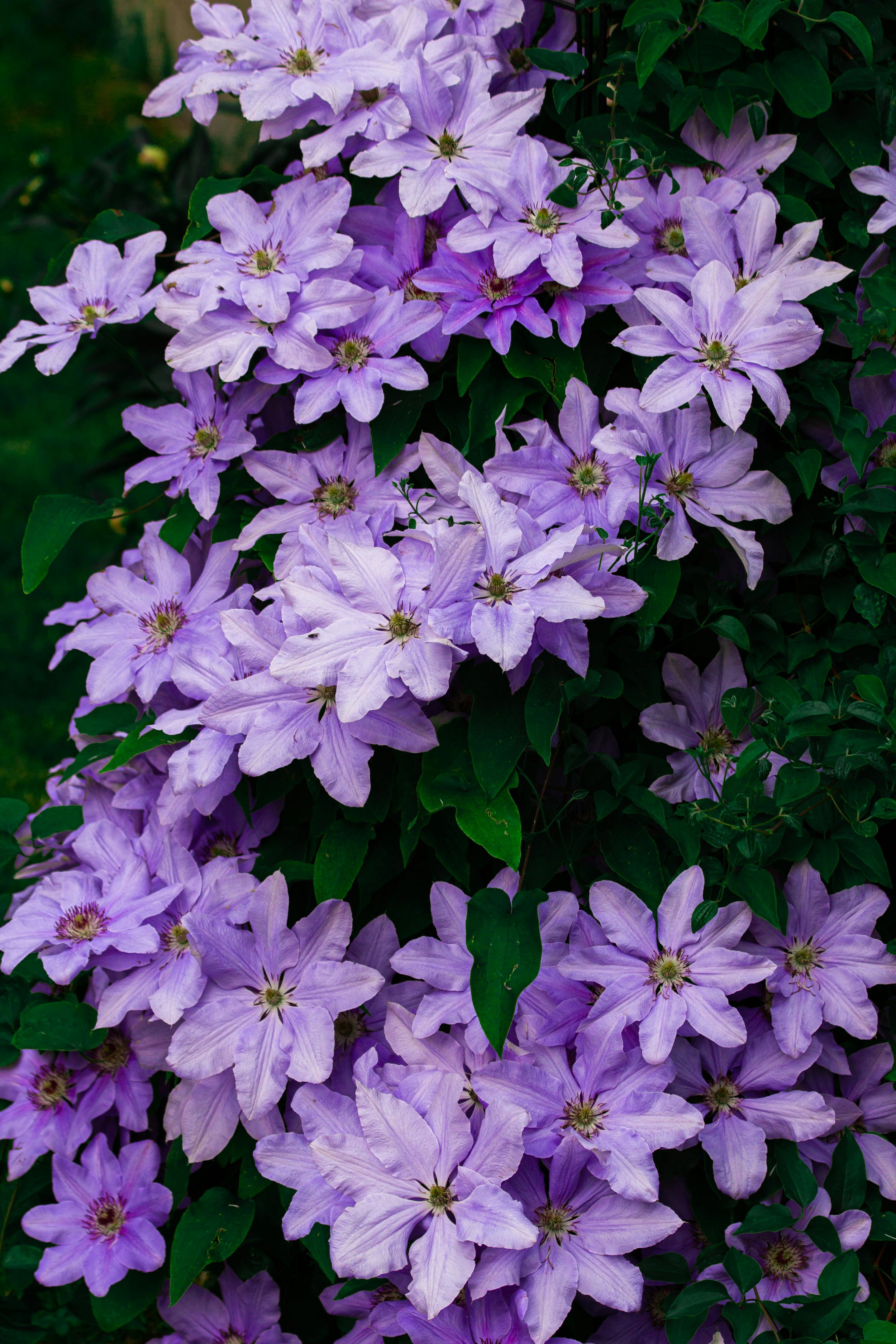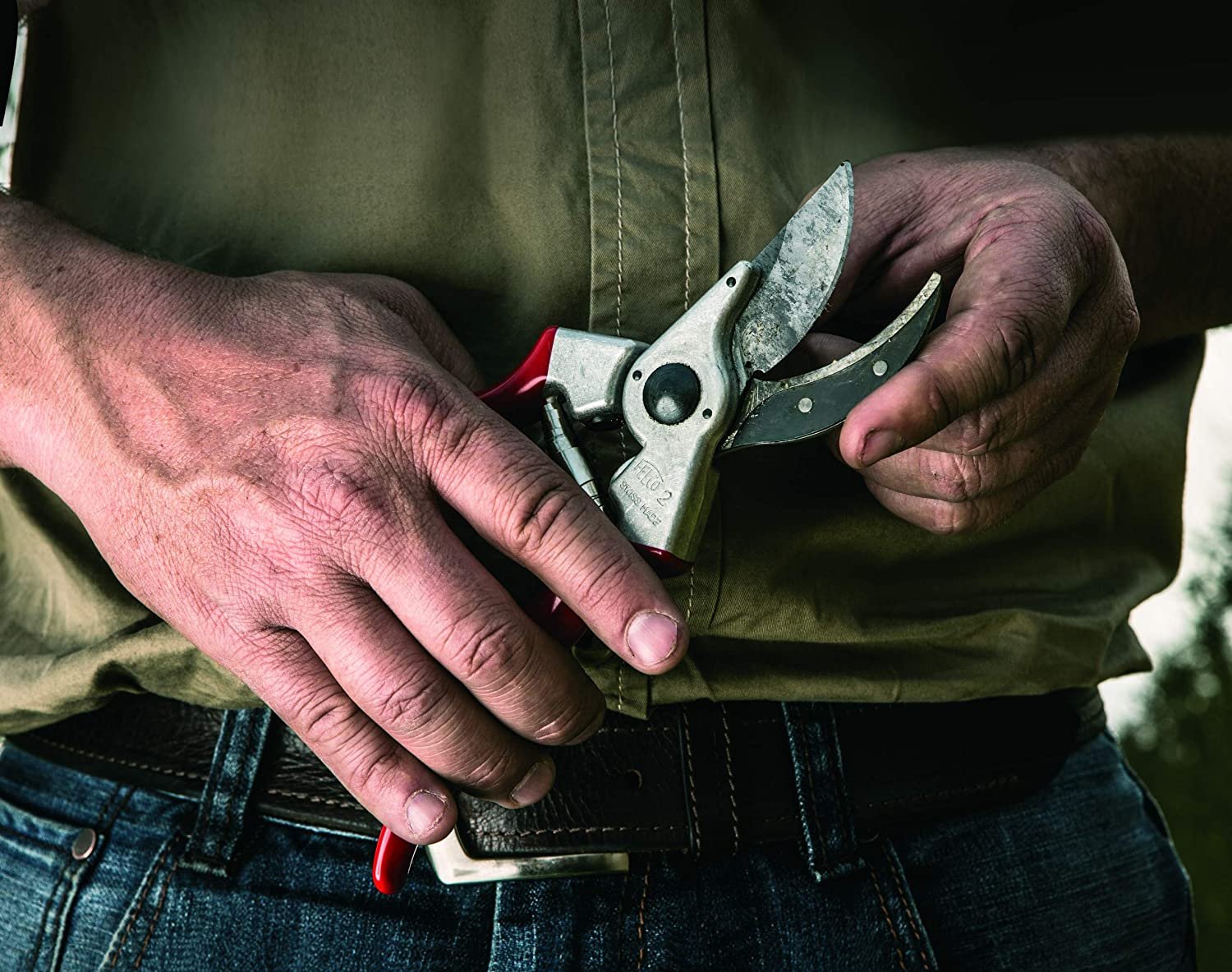Pruning
Vaccinium corymbosum, highbush blueberry, and Vaccinium angustifolium, lowbush blueberry, are popular deciduous shrubs cultivated for their delicious berries. Highbush blueberries grow up to 6-12 feet tall, while lowbush varieties stay more compact, usually between 1-2 feet tall. Proper pruning is essential for maintaining these plants' health, productivity, and shape, encouraging vigorous growth and abundant berry production. Without regular
Ficus carica, commonly known as the common fig, is a deciduous tree or large shrub native to the Mediterranean. It typically grows 10-20 feet tall and wide, with broad, lobed leaves and sweet, edible fruit. This plant is popular in gardens for its rustic beauty, delicious figs, and ability to thrive in warm climates. Proper pruning is essential to maintain the tree’s shape, promote healthy growth, enhance fruit production, and manage its size. Without routine pruning, Ficus carica can become dense and tangled, reducing fruit yield and increasing disease risk.
Pruning formal boxwood hedges requires precision and careful planning to achieve straight sides and a flat top, enhancing their architectural beauty in the landscape. This guide incorporates expert techniques for meticulously maintaining formal boxwood hedges.
Pruning clematis (Clematis spp.) involves specific techniques to ensure this popular climbing plant's health, vigor, and flowering. Known for their stunning flowers, clematis vines can be categorized into three main pruning groups based on their flowering time and growth pattern. Understanding these groups is crucial for pruning success.
If you are new to grape vine pruning, don't worry! This post will walk you through the basics of how and when to prune your grape vines. Pruning is an essential part of keeping your grape vines healthy and productive. By following these simple steps, you can ensure a bountiful harvest year after year!
The best method for pruning limbs is called the 3-cut method. It will ensure wound compartmentalization and prevent the branch from peeling the bark away from the trunk as it releases. Practicing this approach will keep the individual doing the pruning safe and the tree healthy.
Topping is an often used practice to reduce the size of a tree. Homeowners may feel a large tree poses a risk to their property; however, topping is not a viable method of height reduction and may increase risk in the long term.
Pruning Japanese maples is a delicate art you can master with practice and the right tools. In this post, we will discuss the best time to prune your Japanese maple, the proper technique for pruning, and the best tools to use.
Felco pruners have been a trusted tool among gardeners and landscapers for decades. Felco's precision Swiss engineering results in a tool that is durable, easy to use, and able to handle a variety of pruning tasks with ease.









